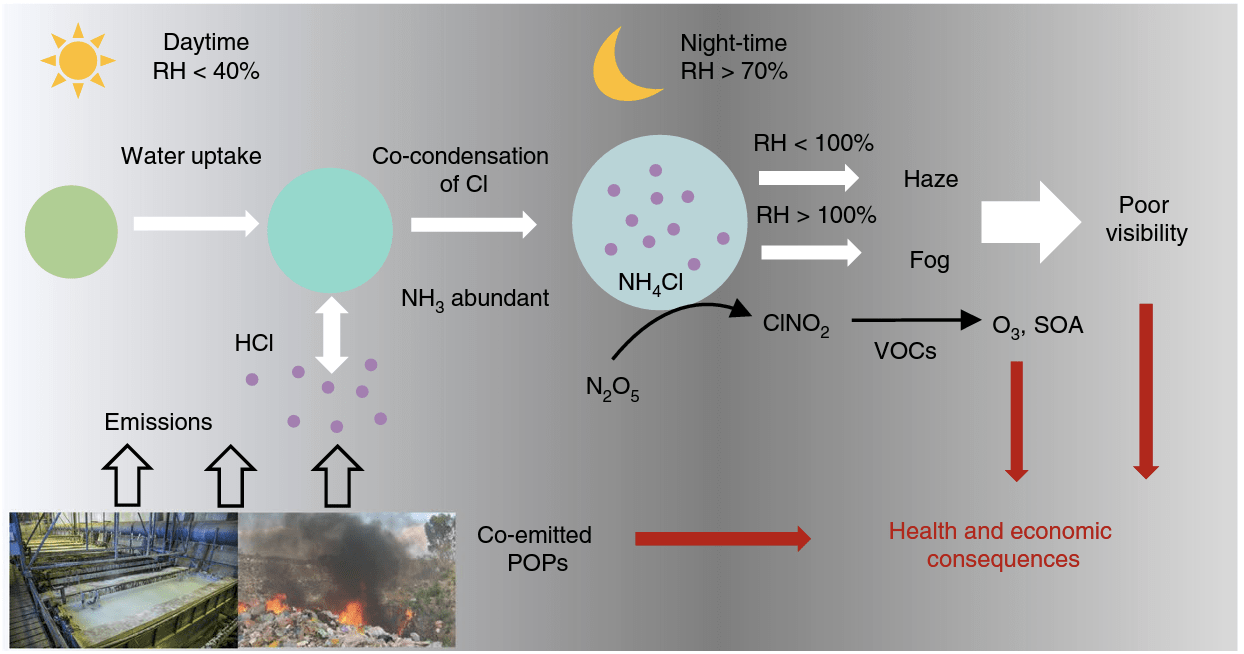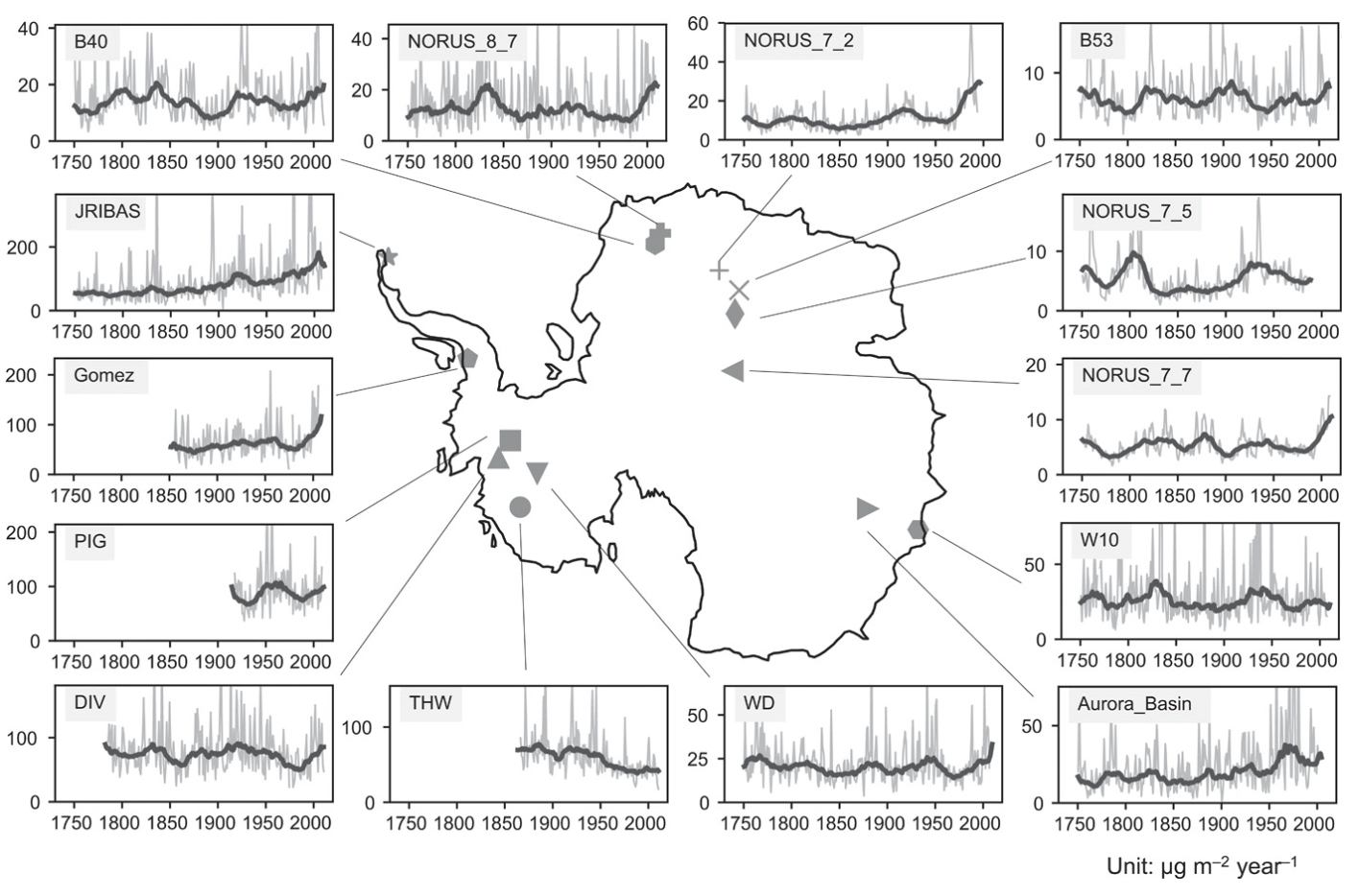Thin-film based techniques for aerosol characterization
Atmospheric aerosol particles influence Earth’s climate and human health. However, the properties of organic particulate matter (as a complex mixture of 10^3 – 10^4 organic species) are not well characterized. We developed a method to synthesize organic thin films from aerosol electrostatic precipitation [Liu et al., ES&T, 2013], and applied thin-film based techniques to characterize organic particulate matter. The uniform, mirror-like organic thin films were measured by ellipsometry to determine the complex refractive indices for biogenic and anthropogenic secondary organic aerosols (SOA) [Liu et al., ES&T, 2013; ACP, 2015]. Our current research utilizes a highly sensitive Quartz Crystal Microbalance (QCM) instrument, which can detect the mass change of deposited particulate matter on ng level. This technique has been successfully applied for the characterization of 1) volatility and evaporation of SOA at atmospherically relevant temperature and RH [Liu et al., PNAS, 2016]; 2) in-particle diffusion of large organic molecules and small water molecules [Liu et al., PNAS, 2016; ACS Cent. Sci., 2018]; and 3) mass-based hygroscopicity over a wide RH range [Liu et al., Nature Comm., 2018]. Using this technique, we are currently interested to explore: a)Photo-degradation and aging of biogenic and anthropogenic SOA; b) Volatility-dependent hygroscopicity of SOA; and c) Physical properties of primary and secondary biomass burning organic aerosols.

Tropospheric halogen chemistry and emissions
Halogens exert a strong influence on the tropospheric chemistry and through that affect the air quality and climate. These tropospheric halogen chemical processes were not considered in chemical transport models until recently. In the global budget, most halogen species are emitted from marine sources. However, our collaborative field studies observed a high concentration of particulate chloride in urban Delhi, India, suggesting a significant continental source [Gunthe, Liu, et al., Nature Geosci, 2021; Chen et al., ES&T, 2022]. These studies highlighted that chloride can explain about 50% of the visibility degradation during Delhi’s haze events. Motivated by these studies, we have developed a new global high resolution (0.1 deg x 0.1 deg) emission inventory for hydrogen chloride (HCl) and particulate chloride [Zhang et al., ES&T, 2022], which can be used in chemical transport models.

Historical biomass burning trends
Historical biomass burning emissions are high uncertain, in particular the emissions prior to the satellite era. The historical trends of biomass burning emissions can largely determine the direct and indirect aerosol radiative forcing. By combining ice core black carbon records, vegetation and fire modeling, and chemical transport modeling, we examined the historical trends of biomass burning emissions in the Southern Hemisphere from the preindustrial era to the present day, and estimated its impact on aerosol radiative forcing [Liu et al., Sci. Adv., 2021]. Our ongoing work aims to reconstruct the global historical biomass burning emissions using a large array of ice core records (n = 31) and inverse modeling [Zhang et al., Nature. Comm., 2024].


